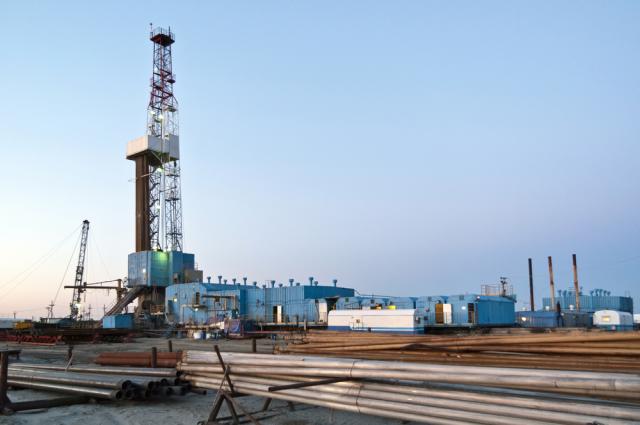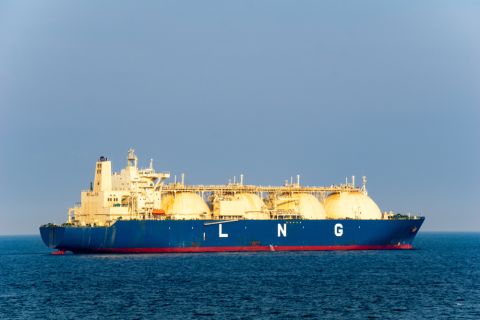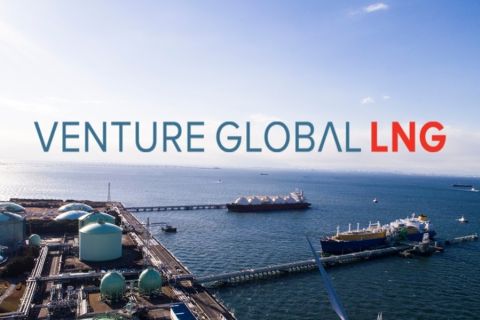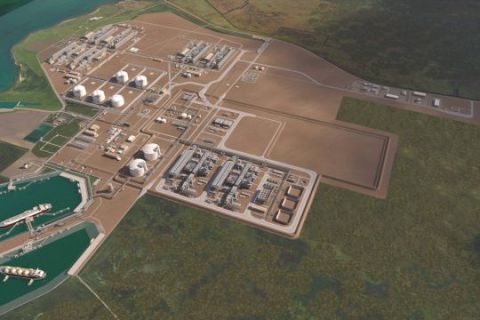
(Source: Shutterstock.com)
EOG Resources Inc. said it has added two new “premium” zones in the Permian Basin’s Delaware sub-basin with a combined net resource potential of about 1.6 billion barrels of oil equivalent (Bboe), growing its list of drilling locations.
The zones are the Wolfcamp M, short for middle, and the Third Bone Spring. EOG estimates a net resource potential of 1 Bboe for the Wolfcamp M and about 585 million boe for the Third Bone Spring. Of the identified initial net premium drilling locations, 855 are in Wolfcamp M and 615 are in the Third Bone Spring, the company said.
Ezra Yacob, executive vice president of E&P for EOG, told analysts on an earnings call Nov. 7 the Wolfcamp M—a deeper zone across the company’s core acreage position in the Permian Basin—“roughly correlates to the Wolfcamp B and part of the C as known by some other operators.” Hundreds of wells have already been drilled here, aiming for similar targets, he said.
“One great thing about being able to turn this new bench premium is that it has the benefit of having existing well control, seismic, infrastructure for both oil and gas and water gathering,” Yacob said.
The Wolfcamp M, he added, is similar to the Wolfcamp combo, where EOG has turned to sales about 50 wells in the last two years that generate more than 100% rate of return and about $800 million of NPV per well. The zone has a gas mix of about 37% with 35% NGL and 28% oil.
Subsurface data and results of six wells in Wolfcamp M, the formation beneath the Third Bone Spring, were used to define the play, the company said.
Word of the additional resource potential was delivered amid talk of a slowdown in U.S. shale production growth. Focus has shifted more toward meeting investor demands to improve returns while maintaining capital discipline. Many, like EOG, are also still bringing down costs as they add resource potential.
Yacob called the Third Bone Spring “an example of making an old play new again.”
The company, he said, started vertical and horizontal development in the Third Bone Spring more than 25 years ago.
“Fast forward to today, where modern drilling and completion technology, along with the benefit of a large dataset of core samples and logs, has allowed EOG to exploit the tighter sands, shale and carbonate rock in the Third Bone Spring,” he told analysts. While more than 1,000 horizontal wells have targeted the traditional Third Bone Spring sand across the basin, Yacob said less than 50 wells have tapped the tighter reservoir targets.
EOG envisions developing the Third Bone Spring at about 880-ft spacing and the Wolfcamp M—63% liquids—at 1,050-ft spacing with lateral lengths of 8,400 ft and 7,300 ft, respectively. The targeted well cost is $7.6 million for Third Bone Spring and $7.7 million for Wolfcamp M.
“Altogether in the Delaware Basin, EOG now has an inventory of approximately 6,500 future net premium drilling locations, or 24 years of inventory of the current drilling pace,” Yacob said.
Premium is defined by EOG as having a minimum 30% direct after-tax rate of return with flat $40 oil and $2.50 natural gas. EOG said the two plays are “highly economic” at those prices.
Exceeding Expectations
News of the zones came alongside third-quarter results showing EOG’s quarterly adjusted net income down about 35% to $654 million, compared to $1 billion a year earlier, on lower oil and gas prices, despite higher crude volumes. It generated $2 billion in discretionary cash and free cash flow of $337 million, and bringing down operating costs.
EOG said cash capex before acquisitions was $1.5 billion for the quarter, which was near the low end of its target range.
The results were called “modestly positive” by analysts with CapitalOne Securities Inc.
“For the third quarter in a row, EOG exceeded oil production expectations and capex was below expectations. We sensed some investor apprehension ahead of earnings, so this solid print should quell any fears that were out there,” the firm said in a note Nov. 7. “The combo of stronger-than-expected cash flow and a lighter capex figure drove another FCF beat.”
Oil production grew 12% to 464,100 barrels of oil per day, while NGL and natural gas volumes each increased by 11%, the company reported. Overall production jumped to 76.7 million barrels of oil equivalent per day (MMboe/d) from 68.9 MMboe/d.
At 74 net, most of the wells online during the quarter were in the South Texas Eagle Ford, EOG’s “bellwether asset” where well costs fell by more than 5%. EOG, which grew its Permian position with its 2016 acquisition of Yates Petroleum, brought 70 net wells on line in the Delaware during the quarter.
“EOG’s 2019 operating performance is the best in company history,” CEO Bill Thomas said on the call. “Our higher return disciplined growth strategy is producing strong returns, strong growth and substantial free cash flow. At the same time, we continue to get better in every area of the company.”
Shale players have faced mounting pressure from investors to improve earnings and use cash for dividends, instead of drilling new wells and growing production. But lower oil, natural gas and NGL prices have impacted companies’ efforts.
EOG said average crude oil and condensate prices in the U.S. dropped 18% to $56.67/bbl; NGL fell 58% to $12.67; and natural gas declined 26% to $1.97.
Many U.S. shale players have reported third-quarter 2019 earnings that analysts have described as disappointing.
Recommended Reading
EQT’s Toby Rice: US NatGas is a Global ‘Decarbonizing Force’
2024-03-21 - The shale revolution has unlocked an amazing resource but it is far from reaching full potential as a lot more opportunities exist, EQT Corp. President and CEO Toby Rice said in a plenary session during CERAWeek by S&P Global.
Watson: Implications of LNG Pause
2024-03-07 - Critical questions remain for LNG on the heels of the Biden administration's pause on LNG export permits to non-Free Trade Agreement countries.
Venture Global Seeks FERC Actions on LNG Projects with Sense of Urgency
2024-02-21 - Venture Global files requests with the Federal Energy Regulatory Commission for Calcasieu Pass 1 and 2 before a potential vacancy on the commission brings approvals to a standstill.
Belcher: Election Year LNG ‘Pause’ Will Have Huge Negative Impacts
2024-03-01 - The Biden administration’s decision to pause permitting of LNG projects has damaged the U.S.’ reputation in ways impossible to calculate.
Despite LNG Permitting Risks, Cheniere Expansions Continue
2024-02-28 - U.S.-based Cheniere Energy expects the U.S. market, which exported 86 million tonnes per annum (mtpa) of LNG in 2023, will be the first to surpass the 200 mtpa mark—even taking into account a recent pause on approvals related to new U.S. LNG projects.






